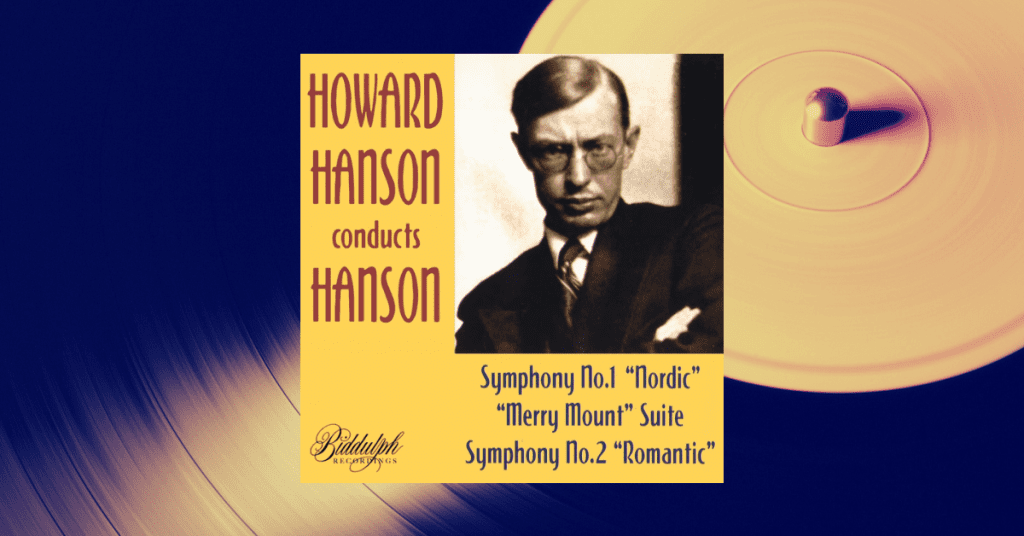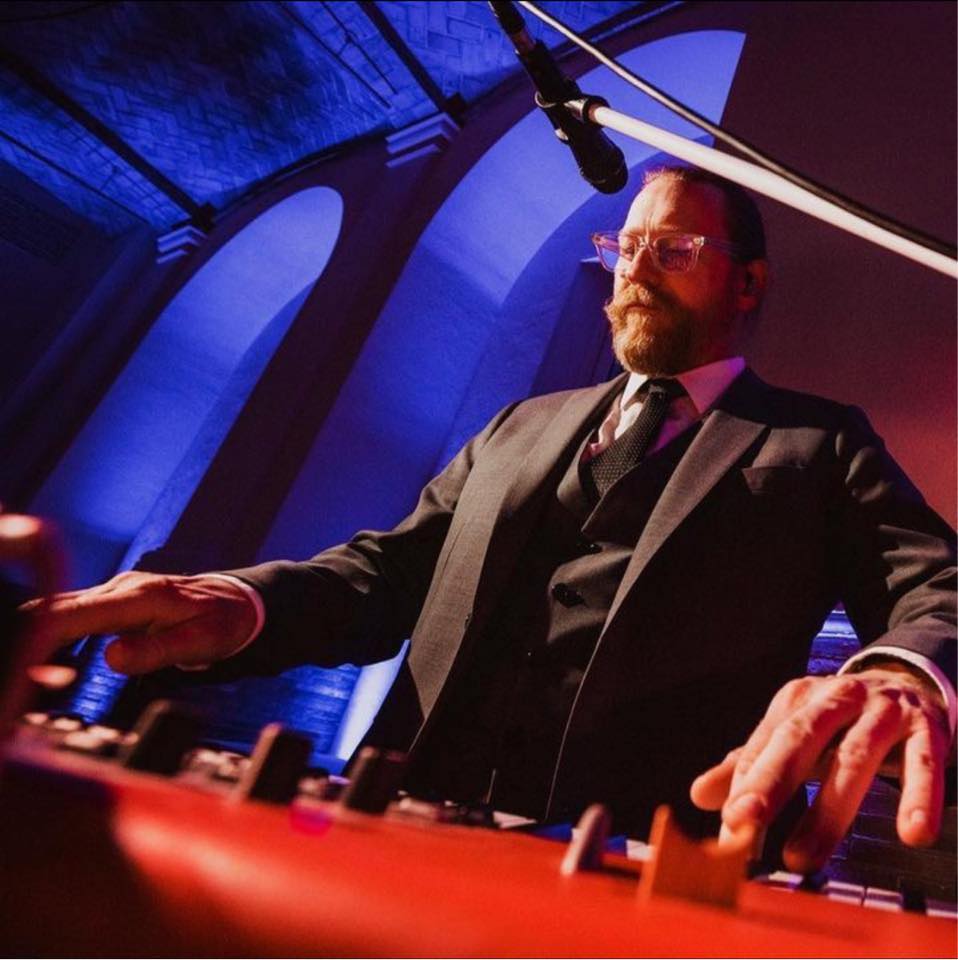
Howard Hanson was one of the most influential American composers of the twentieth century. His music is characterized by its lyricism, tonal richness, and emotional power. Hanson's best-known work is his Symphony No. 2, "Romantic," which is considered one of the masterpieces of American orchestral music.
Hanson was born in Wahoo, Nebraska, in 1896. His mother and father were music instructors with a particular passion for the arts. As a young boy, Hanson learned to play piano, clarinet, violin, cello, and trumpet--in addition to singing in the church choir and taking private voice lessons. A gifted student from an early age, Hanson entered the University of Nebraska at sixteen and graduated four years later. He spent one year studying composition with Victor Hely-Hutchinson before moving to New York in 1915 for further study.
Hanson's studies were interrupted by World War 1; he enlisted in the army, where he worked as a hospital manager. After his discharge in 1919, Hanson returned to New York and studied under Percy Goetschius at Teachers College (Columbia), followed by two years of private study with Louis Svečenski. With financial assistance from friend and patron Mrs. Zimbalist, Hanson began writing music full time, completing many songs and choral works during this period which were not published or performed until much later.
In 1923 Hanson moved to Detroit, where he became music director of the Detroit Symphony Orchestra. Two years later, he was appointed head of the Eastman School of Music in Rochester, New York. In addition to heading Eastman's Conservatory and teaching composition, Hanson also served as conductor for the school's Philharmonic Orchestra from 1927-1941. He continued to be involved with both sides of his career throughout his life.
Hanson won a three-year grant from the Rockefeller Foundation in 1935 that allowed him a year each at Westfield College (London) and Oxford University (England), where he studied under Vaughan Williams and Egon Wellesz. Hanson produced several symphonic works during this period, including his first symphony ("Symphony No. 1," 1929-1930). He also became acquainted with a young American pianist while in London, serving as her accompanist during her 1931 debut tour of the United States. This meeting sparked a decades-long love affair and professional collaboration, which greatly influenced Hanson's music.
Hanson returned to the US, where he debuted his "Symphony No. 2" with the Boston Symphony Orchestra conducted by Serge Koussevitsky in March 1935. The positive reception from audiences and critics alike caused Hanson to have many of his earlier works published and performed more widely. In 1937 Hanson was appointed Composer Laureate of the Federal Music Project (part of President Roosevelt's Works Progress Administration). He served until 1939, when he resigned in protest over the "dictatorial methods" of Project Director Nikolai Sokoloff).
Hanson married Edna Earle Smith (a pianist and the sister-in-law of his former student, William Kincaid) in 1938, who later became his composition assistant. Over the next two decades, Hanson produced much of his most beloved work, including another symphony ("Symphony No. 3," 1941), a violin concerto, a cello concerto, several string quartets, and more songs. In 1953 Hanson wrote an opera entitled "The Scarlet Letter," which was commissioned for television by NBC Opera Theatre and broadcast on New Year's Day--causing a surge of interest in this new genre. In 1964 Hanson's "Requiem" received a Grammy Award for "Best Contemporary Classical Composition."
Hanson was elected president of the National Institute and Academy of Arts and Letters in 1951 and won election to the American Academy of Arts and Sciences two years later. He was also made an honorary member of Phi Mu Alpha Sinfonia fraternity (for men) that year. In 1963 Hanson retired from Eastman as professor emeritus, then became chairman of the board at Tanglewood--home to the Boston Symphony Orchestra's summer music festival. He had been the music director since 1937. That same year Hanson composed his fourth symphony ("Symphony No. 4"), which premiered at Carnegie Hall on May 19 with Koussevitsky conducting. Howard Hanson died of cancer on February 26, 1981, in Rochester, NY--just three days after his 88th birthday. Today Hanson's music is widely performed worldwide and remains popular with audiences.

